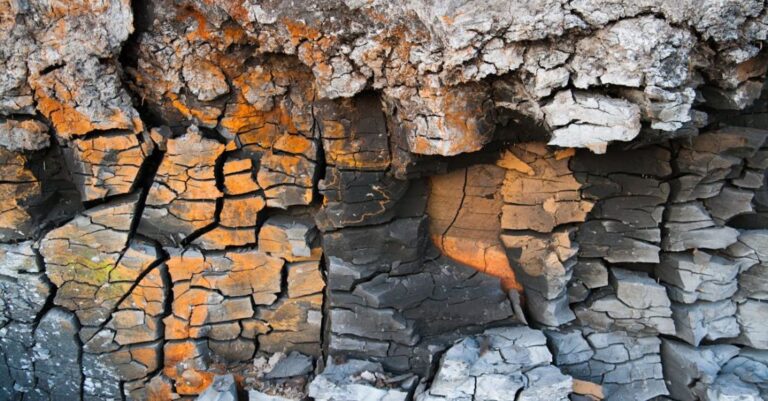
Located in the Pacific Ocean, the Galapagos Islands are renowned for their unique wildlife and diverse ecosystems. One of the most intriguing aspects of the Galapagos is its volcanic activity, which has played a significant role in shaping the islands’ geological features and influencing the flora and fauna that inhabit them.
### Formation of the Galapagos Islands
The Galapagos Islands are a volcanic archipelago consisting of 13 main islands and numerous smaller islets. The islands are situated on the Galapagos hotspot, a point where a tectonic plate moves over a stationary mantle plume, resulting in volcanic activity. The hotspot has remained relatively stationary over millions of years, leading to the formation of a chain of volcanic islands as the Nazca Plate moves to the southeast.
### Early Volcanic Activity
The oldest islands in the Galapagos archipelago, Española and San Cristobal, are estimated to be around 3.4 million years old. These islands were formed through a series of volcanic eruptions that deposited layers of lava and ash, gradually building up the landmasses we see today. Over time, new islands emerged as volcanic activity continued, adding to the diversity of the archipelago.
### Eruption Cycles
Volcanic activity in the Galapagos is characterized by periodic eruptions that can vary in intensity and frequency. Some volcanoes, such as Sierra Negra on Isabela Island, exhibit a cyclical pattern of eruptions separated by periods of dormancy. These eruptions can release lava flows that reshape the landscape and create new land formations.
### Influence on Biodiversity
The volcanic activity in the Galapagos has had a profound impact on the islands’ biodiversity. The harsh conditions created by volcanic eruptions have led to the evolution of unique species that are adapted to survive in this challenging environment. For example, the marine iguanas of the Galapagos have developed specialized adaptations to feed on algae growing on the rocky shores formed by volcanic eruptions.
### Recent Eruptions
In recent history, the Galapagos Islands have experienced several notable volcanic eruptions that have captured the attention of scientists and visitors alike. One of the most significant eruptions occurred in 2018 when the Sierra Negra volcano on Isabela Island erupted, sending plumes of ash and gas into the air. This eruption served as a reminder of the dynamic nature of the islands and their ongoing volcanic activity.
### Conservation Challenges
While volcanic activity has played a crucial role in shaping the Galapagos Islands, it also poses challenges for conservation efforts on the islands. The eruption of volcanoes can disrupt ecosystems, endangering the wildlife that calls the Galapagos home. Conservationists work diligently to monitor volcanic activity and its impact on the environment, striving to protect the unique biodiversity of the islands.
### Future of Volcanic Activity in the Galapagos
Looking ahead, scientists continue to study the volcanic activity in the Galapagos to better understand its patterns and potential impact on the islands. By monitoring volcanic activity and conducting research, they aim to predict eruptions and mitigate risks to the local wildlife and human populations. The ongoing study of volcanic activity in the Galapagos provides valuable insights into the geological processes that shape the islands and the delicate balance of life within this unique ecosystem.
### In Summary
The history of volcanic activity in the Galapagos Islands is a testament to the dynamic forces of nature that have shaped this remarkable archipelago. From the formation of the islands through volcanic eruptions to the ongoing cycle of activity that influences the biodiversity of the region, volcanoes play a central role in the evolution of the Galapagos. As scientists continue to study and monitor volcanic activity in the islands, they contribute to our understanding of the complex interplay between geology, ecology, and conservation in this extraordinary natural wonder.





